
Tboung Khmum Province
Tboung Khmum Province is located on the central lowlands of the Mekong River. It borders Kampong Cham Province to the west, Kratié Province to the north, Prey Veng province to the south, shares an international […]
The English term Province is certified since approximately 1,330 and derives from the ancient Roman in Latin called Provincia, which referred to the major territorial and administrative unit of the Roman Empire’s foreign territory (Roman’s territorial possessions outside Italy). A popular etymology is from Latin pro- (“on behalf of”) and Vincere (“to triumph” or “to take control of”). Therefore, a “province” would be a territory or function that a Roman magistrate held control of on behalf of his government. In fact, the word province is an ancient term from public law, which means: “office belonging to a magistrate”. This agrees with the Latin term’s earlier usage as a generic term for a jurisdiction under Roman law.
The provinces were established artificially by colonialism and others were formed by local groups based on their own ethnic identities. A province is almost always an administrative division within a country or state. The power of a province is implemented differently based on a variety of systems of governments and laws. Many have their own powers independent of central or federal authority, especially in Canada and Pakistan. In other countries, like China or France, provinces are the creation of a central government, with very little autonomy.
In Cambodia, provinces are part of the government of Cambodia that is distributed into 25 provinces. There is an autonomous municipality, the capital Phnom Penh, which is equivalent to a province governmentally and administered at the same level as the other 24 provinces. They are the primary local government units and act as juristic persons.
They are divided into districts (in Khmer called Srok) which are further subdivided into communes (Khum) and villages (Phum), the next lower level of local government. The number of districts in each province varies, from two in the smallest provinces to 14 in Battambang, Prey Veng, and Siem Reap. In Phnom Penh, Districts are called Khans (normally written as addresses in English followed by the districts’ name, for example, Khan Daun Penh, literally Daun Penh District), and Communes are called Sangkats (normally written as addresses in English followed by the communes’ name, for example, Sangkat Tonle Bassac, literally Tonle Bassac Commune), respectively.
Here is the list of Provinces/Capital and their municipalities:
Each province is led by a governor, who is appointed by the central government meaning that one is nominated by the Ministry of Interior, subject to approval by the head of government-Prime Minister. Officially, Cambodia divided into 5 administrative levels, with different types of administrative unit on each level:
According to the documents of the General Department of Administration, Ministry of Interior (as of October 2024), The first-level administrative units is a total of 25 province-capital (Autonomous Municipality) that consists of 209 of Second-level administrative units (equally 14 Khans “Sections”, 33 cities/municipalities, and 163 districts), 1,652 of Third-level administrative units (equally 274 Sangkats “Quarters” and 1,383 communes), and 14,577 villages.
According to the General Population Census of the Kingdom of Cambodia 2019 issued by the National Institute of Statistics, Ministry of Planning, The capital Phnom Penh has both the highest population (2,281,951) and the highest population density (3,136 per square kilometer) of all provinces but is the second smallest in land area (679 per square kilometers). The largest province by area is Mondulkiri (14,288 square kilometers) and the smallest (336 square kilometers) is Kep which is also the least populated province (42,665 people). Mondulkiri has the lowest population density (6 per square kilometer).

Tboung Khmum Province is located on the central lowlands of the Mekong River. It borders Kampong Cham Province to the west, Kratié Province to the north, Prey Veng province to the south, shares an international […]
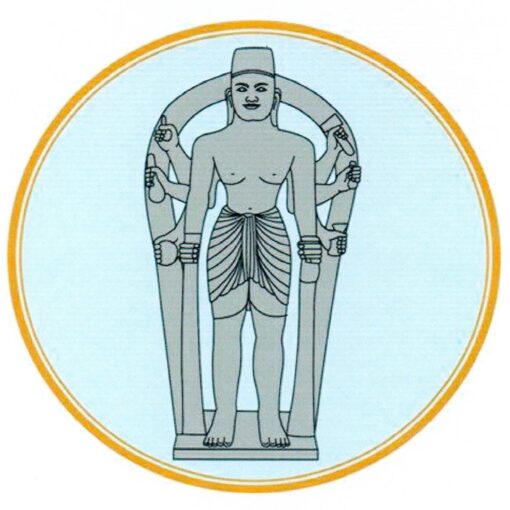
Takéo Province is located in the southwestern part of the Kingdom of Cambodia. The provincial capital is Daun Keo City, 77 kilometers by National Road 2 and 87 kilometers by National Road 3, and 75 […]
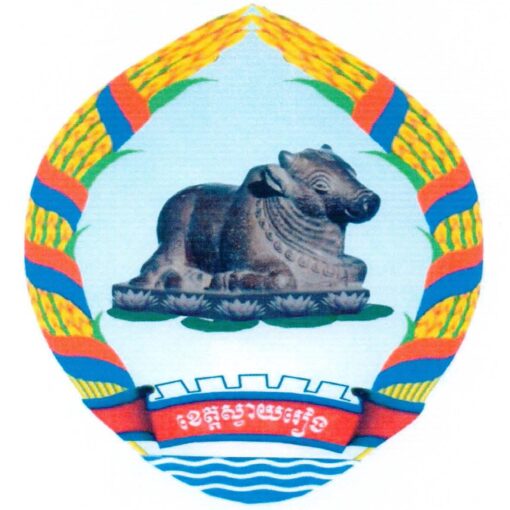
Svay Rieng is, a province of Cambodia located on southeastern, about 125 kilometers from Phnom Penh along National Road 1. The province, covering 2,966.40 square kilometers, bordered by Prey Veng province to the north and […]
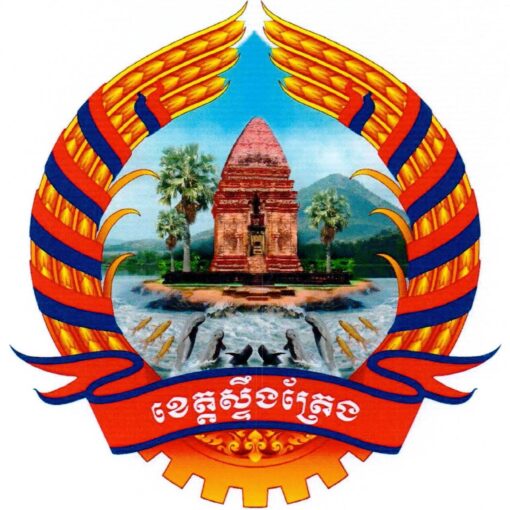
Stung Treng Province is located in the northeastern part of the Kingdom of Cambodia, approximately 455 km from Phnom Penh, which borders: To North, East, South and West with Laos, Ratanakiri, Kampong Thom, Kratié p, […]
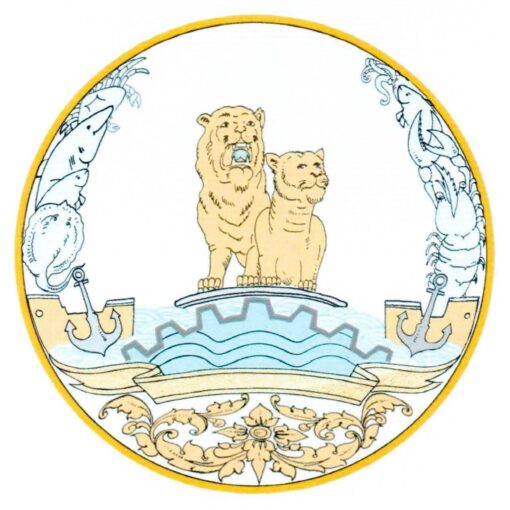
Preah Sihanouk Province is a province with economic potential in the southwestern part of Cambodia, about 230 kilometers from Phnom Penh along the National Road No. 4, 260 kilometers along the National Road No.3 (via […]
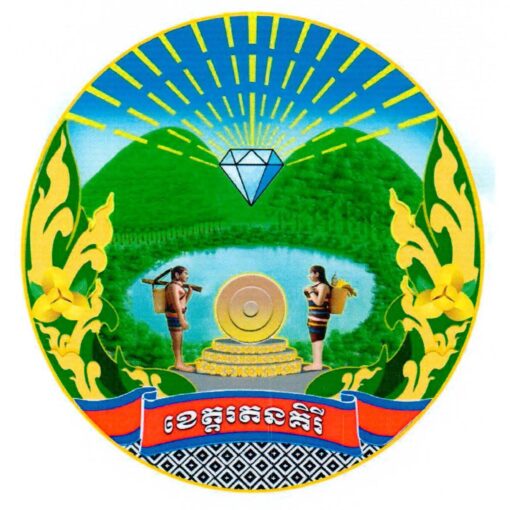
Rattanakiri Province, covering 10,782-kilometer squares, is located in the northeast of the Kingdom of Cambodia, 588 km from Phnom Penh, bordering Stung Treng Province to the west, Mondulkiri province to the south, Kon Tum Province […]
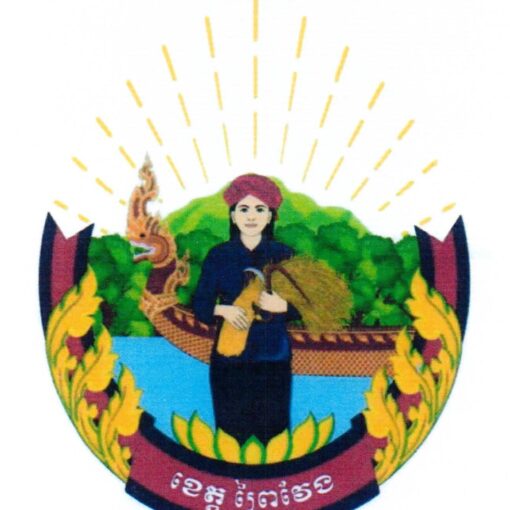
Prey Veng is, a province of Cambodia located on southeastern, about 95 kilometers from Phnom Penh along National Road 1 and 11 or 100 kilometers via National Road 8 and 11. Prey Veng, covering 4,883 […]
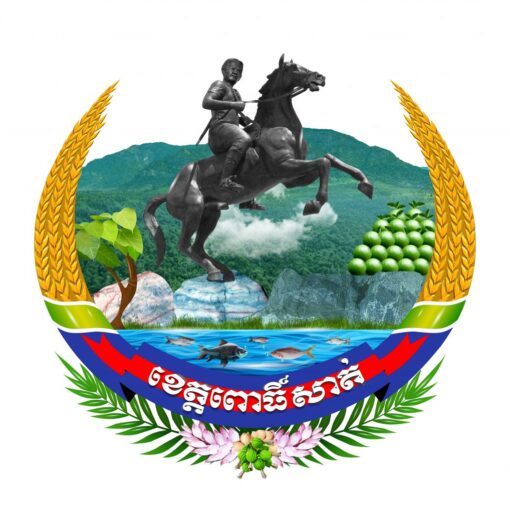
Pursat is one of the western provinces of Cambodia which is 186 kilometers from Phnom Penh along National Road 5. Province, covering 12,692 square kilometers. Its neighboring provinces are (from north clockwise) Battambang province to […]
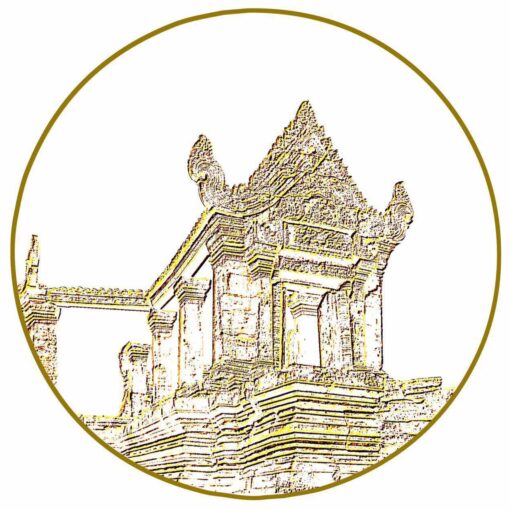
Situated in the northern part of Cambodia, Preah Vihear Province is one of the 25 provincial capitals with a total area of 13,821.76 square kilometers, a distance of 298 km from Phnom Penh along National […]
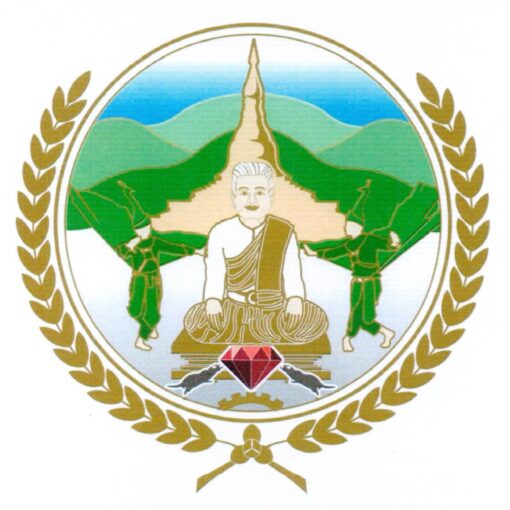
Pailin Province is located in the western part of the Kingdom of Cambodia, approximately 371 km from Phnom Penh, which borders: To North, South, and East with Kamrieng district, Samlot district, and Rattanak Mondul district […]
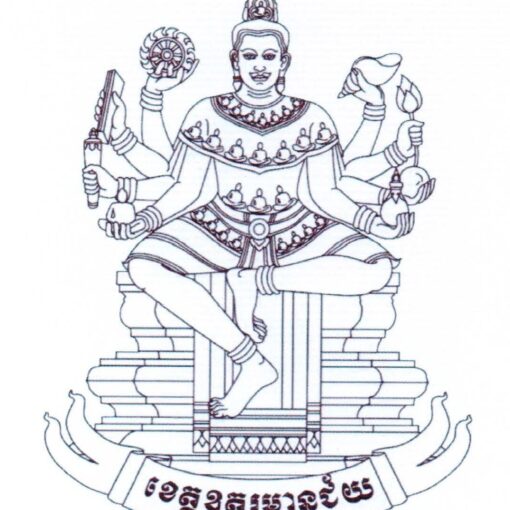
Oddar Meanchey is one of the northern provinces of Cambodia which is 447 kilometers and 469 kilometers from Phnom Penh along National Road 6 (via Kralanh district) and 5 (via Banteay Meanchey province). Oddar Meanchey, […]
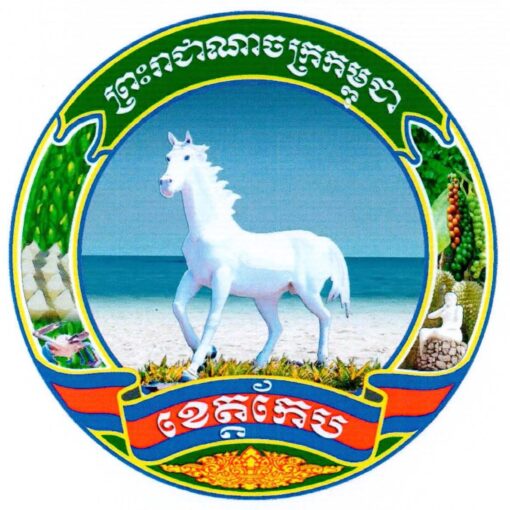
Kep province is one of the southwest provinces of Cambodia which is 175 kilometers from Phnom Penh. It is one of Cambodia’s smallest provinces, covering an area of about 187.24 square kilometers. It is bordered […]
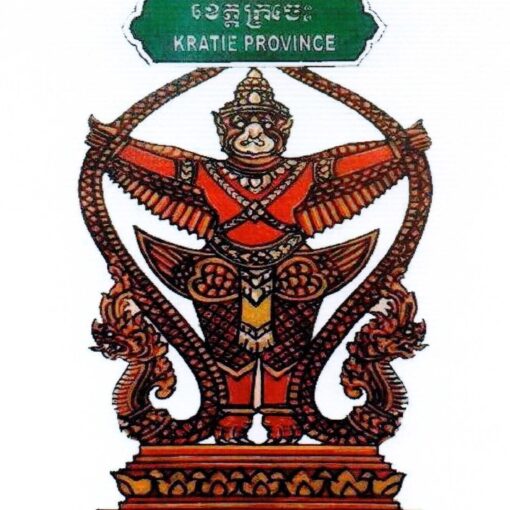
Kratié province is a province of Cambodian located in the northeast along the Upper Mekong River which is 340 kilometers and 250 kilometers from Phnom Penh along National Road 7 and 73, respectively. Covering 11,094 […]
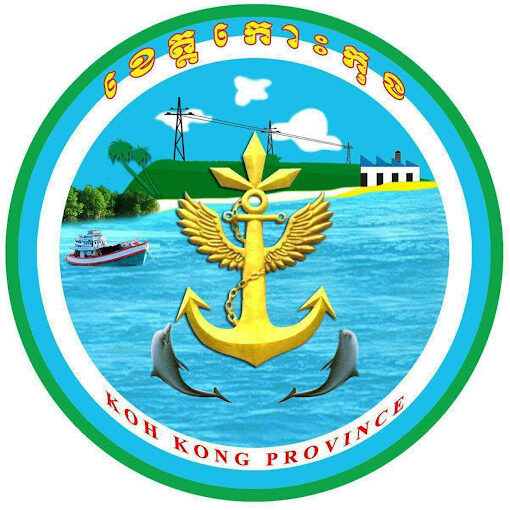
Koh Kong is one of the southwest provinces of Cambodia which is 290 kilometers from Phnom Penh along National Road 4 and 48. Koh Kong, covering 10,045.58 square kilometers, is one of the coastal provinces […]

Kandal is a province of Cambodia located in the southeastern part of the country, covering the area of 3,211.46 square kilometers. It completely surrounds the Phnom Penh Capital and borders the provinces of Kampong Chhnang […]

Kampot is one of the southwest provinces of Cambodia which is 148 kilometers from Phnom Penh along National Road 3, 31, 33 and railway connection. Kampot, covering 4,873 square kilometers, is one of the coastal provinces of Cambodia.

Kampong Speu is a province of Cambodia which is 48 kilometers from Phnom Penh along National Road 4. Kampong Speu, covering 6,969.63 square kilometers.

Kampong Chhnang is one of the central provinces of Cambodia which is 91 kilometers from Phnom Penh along National Road 5. Kampong Chhnang, covering 5,521 square kilometers. Its neighboring provinces are (from north clockwise) Kampong Thom, Kampong Cham, Kandal, Kampong Speu and Pursat.

Kampong Cham is a province of Cambodia located on the central lowlands of the Mekong River which is 124 kilometers from Phnom Penh along National Road 6 and 7. Kampong Cham, covering 4,549 square kilometers. Its neighboring provinces are (from north clockwise) Kampong Thom and Kratie provinces to the north, Tboung khmum province to the east, Kandal and Prey Veng provinces the south, and Kampong Chhnang Province to the west.

Battambang is one of the northwest provinces of Cambodia which is 291 kilometers from Phnom Penh along National Road 5 and 6 and railway connection (approximately 274 kilometers). Battambang, covering 11,631.21 square kilometers. Its neighboring provinces are (from north clockwise) Banteay Meanchey and Siem Reap provinces to the north, Pursat Province and the Great Lake to the east, Pursat province the south, and Pailin Province and Border of Thailand to the west.

Banteay Meanchey is one of the northwest provinces of Cambodia which is 359 kilometers from Phnom Penh along National Road 5 and 6 and railway connection (approximately 337.31 kilometers). Banteay Meanchey, covering 6,678 square kilometers. Its neighboring provinces are (from north clockwise) Oddar Meanchey to the north, Siem Reap Province to the east, Battambang provice the south, and Border of Thailand to the west.

Kampong Thom is a central province of Cambodia that is 168 kilometers from Phnom Penh and 150 kilometers from Siem Reap along National Road 6. Kampong Thom, covering 13,814 square kilometers, borders (from north clockwise) Preah Vihear, Stung Treng, Kratie, Kampong Cham, Kampong Chhnang, Tonle Sap lake, and Siem Reap.

Siem Reap is one of the northwestern provinces of Cambodia which is 314 kilometers from Phnom Penh along National Road 6. Siem Reap, covering 10,299 square kilometers, is on the flat plain of Tonle Sap lake. Its neighboring provinces are (from north clockwise) Oddar Meanchey, Preah Vihear, Kampong Thom, Tonle Sap Lake (The Great lake), Battambang, and Banteay Meanchey.

Phnom Penh is Cambodia’s one and only capital and most populous city. It has been the national capital in two separate periods: the first period is a capital city from 1434 to 1497 and the second one is during the French Protectorate of Cambodia (1863-1953) from 1865 till the present, and has gradually grown to become the nation’s economic, industrial, and cultural center. Phnom Penh, covering 679 square kilometers, borders only Kandal Province.

Mondulkiri is one of the northeastern provinces of Cambodia which is 390 kilometers (The provincial capital is Senmonorom which is located in the southeastern part of the province) from Phnom Penh along National Road 7, 8, 76, and 141.
